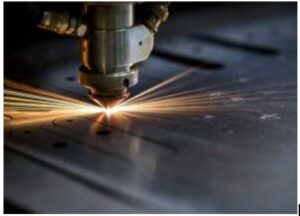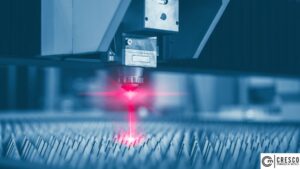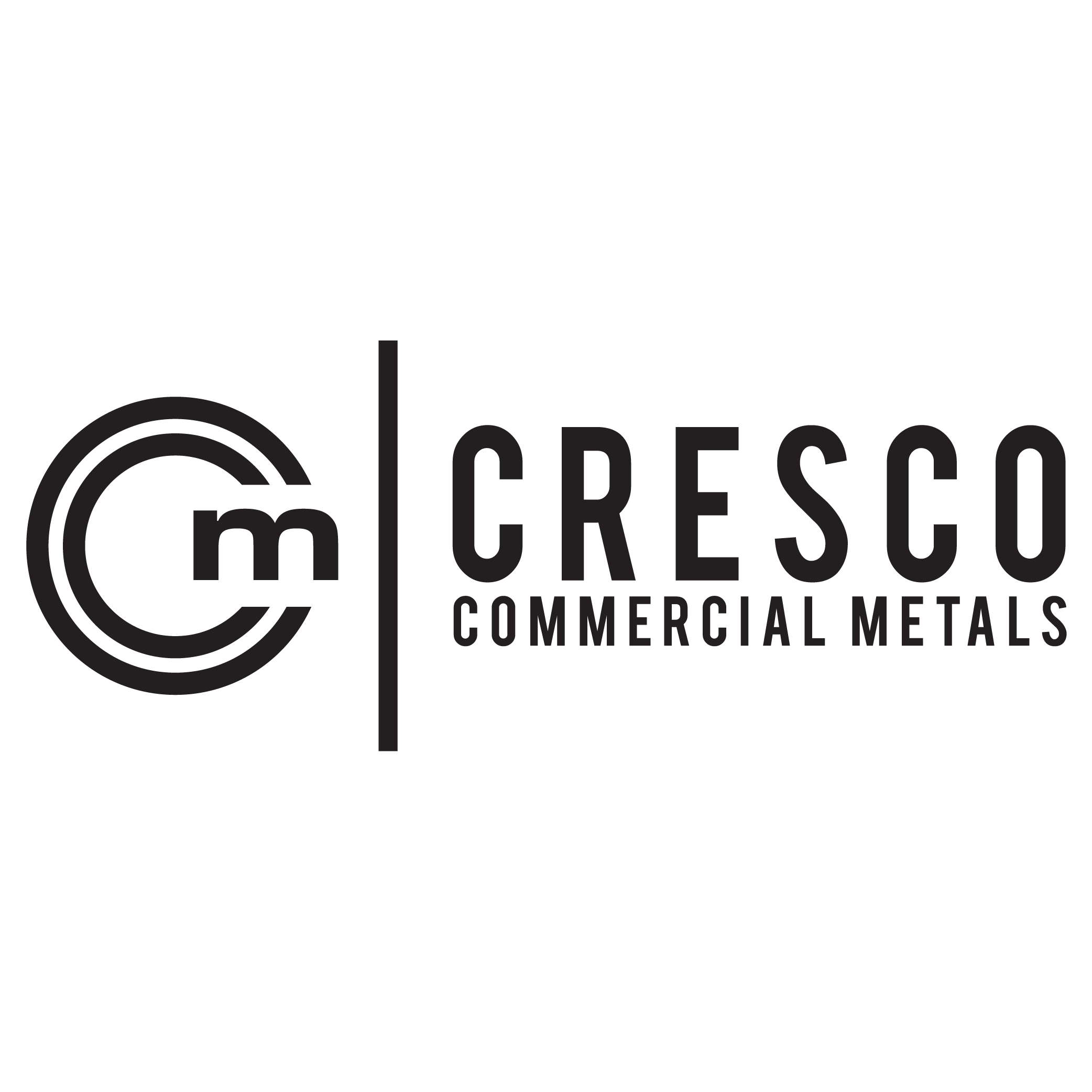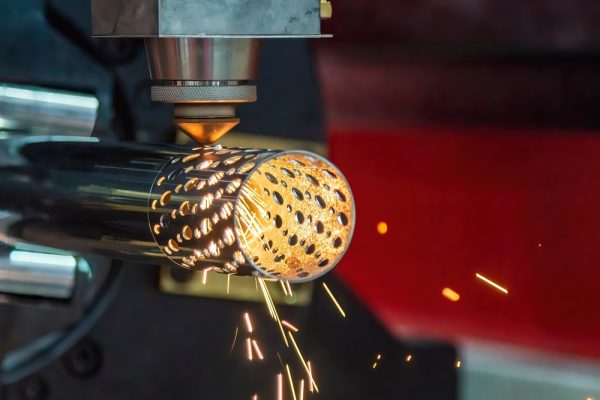What Are The Primary Benefits of Using Laser Cutting in Custom Manufacturing?
Versatility, efficiency and precision are the key elements to determine the success of a project within the domain of custom metal fabrication. Among the various cutting technologies available, laser cutting has emerged as one of the most advanced as well as reliable methods. Whether for small-scale custom projects, large production or industrial applications, laser cutting provides unmatched benefits. This blog defines the primary benefits of using laser cutting in custom manufacturing and why it is the best choice for many industries.

Unmatched accuracy and precision
One of the most remarkable advantages of laser cutting is its high level of precision. Contrary to the traditional cutting techniques that depend on rough blades or mechanical force, laser cutting uses a concentrated beam of light to make clean sharp cuts. It allows for intricate designs, minimal material wastage and tight tolerances. Whether working with thick or thin sheet metal, laser cutting technology assures a consistent and accurate outcome.
Enhanced efficiency and speed
Speed is an important factor in manufacturing, and laser cutting is familiar for its rapid processing abilities. The automation of laser cutting machines allows for quicker production cycles, eliminating overall lead times. Unlike manual cutting techniques, that can be time-consuming, laser cutting eliminates downtime and assures faster completion of projects without compromising the quality.
Versatility across materials
Laser cutting is not limited to just metals; it can cut through the variety of materials, including aluminum, stainless steel, brass, carbon steel, copper, wood, plastics and acrylic. This versatility makes laser cutting an excellent selection for industries ranging from automotive and aerospace to architectural design and artistic fabrication. The capability to cut a wide range of materials with a single machine reduces costs and streamlines the production procedure.
Minimal material waste
Conventional cutting methods usually generate a significant amount of scrap material. In contrast, laser cutting elevates material utilization through following optimized cutting patterns. The narrow kerf width (cut width) assures that minimal material is eliminated during the procedure, reducing overall waste and making operations more cost-effective.
Clean and smooth edges
One of the obstacles in custom metal fabrication is achieving clean edges without requiring extensive post-processing. Laser cutting reduces the requirement for additional finishing, as the high-temperature laser beam melts and vaporizes material cleanly. This results in smooth, burr-free edges which do not rely on sanding or grinding, saving time and labor costs both.
Contactless cutting process
Contrary to the mechanical cutting techniques, that involve direct contact with the material, laser cutting is known as a non-contact procedure. It refers that there is no risk of tool wear, contamination or deformation. The laser beam applies focused heat, assuring the integrity of the material remains intact and eliminating the chances of mechanical stress or damage.
High-level automation and repeatability
Contemporary laser cutting machines are equipped with CNC or Computer Numerical Control system, that increases repeatability and automation. Once the design is programmed into the machine, it can create multiple identical parts with minimal human intervention. This consistency is important in custom metal fabrication, where precision and quality control are paramount.
Cost-effectiveness in production
Laser cutting machines need an initial investment which also provides significant long-term cost saving benefits. This combination of quicker production times, minimal maintenance, less requirement for secondary processing and reduced material waste to lower overall costs. Businesses can enhance profitability while maintaining high-quality outputs.
Complex and intricate designs
Laser cutting allows for the making of highly detailed and intricate patterns that would be impossible or challenging with conventional cutting techniques. Whether for precision components, custom industrial parts or decorative metalwork, laser cutting allows engineers and designers to execute their ideas with exceptional details.

Environmentally friendly manufacturing
Sustainability is a crucial consideration in modern manufacturing. Laser cutting is an eco-friendlier procedure compared to conventional cutting techniques. With eliminated waste, lower energy consumption and lesser emissions, laser cutting contributes to sustainable custom fabrication practices. Along with this, some laser cutting procedures use assist gases (for example oxygen and nitrogen) that further increase efficiency and eliminate environmental impact.
Laser cutting is consistently revolutionizing the field of custom manufacturing, providing efficiency, cost-effectiveness, versatility and precision. From small-scale custom projects to the large-scale industrial applications, the advantages of laser cutting make it preferred selection for manufacturers covering the entire world. Through proper investment in laser cutting technology, businesses can achieve higher-quality results, reduce operational costs and enhance overall production efficiency.
Frequently Asked Questions (FAQs)
- What types of metals can be cut using laser cutting?
Copper, brass, carbon steel, stainless steel, and aluminum are just a few of the metals that can be cut using a laser. The laser settings and processing speed may be affected by the metal’s kind and thickness.
- Is laser cutting suitable for small-scale custom projects?
Yes! For both small and large-scale applications, laser cutting is perfect. Laser cutting provides accuracy and versatility for custom fabrication, regardless of the size of the project—from a single prototype to large-scale manufacturing.
- How does laser cutting compare to traditional cutting methods?
Laser cutting offers more precision, cleaner edges, and faster processing speeds than more conventional techniques like mechanical shearing, water jet cutting, or plasma cutting. Additionally, it decreases the requirement for secondary finishing and material waste.
- What industries benefit the most from laser cutting?
Because of its accuracy, speed, and capacity to handle intricate designs, laser cutting is extremely advantageous to a variety of industries, including aerospace, automotive, electronics, medical, architectural, and metal production.


